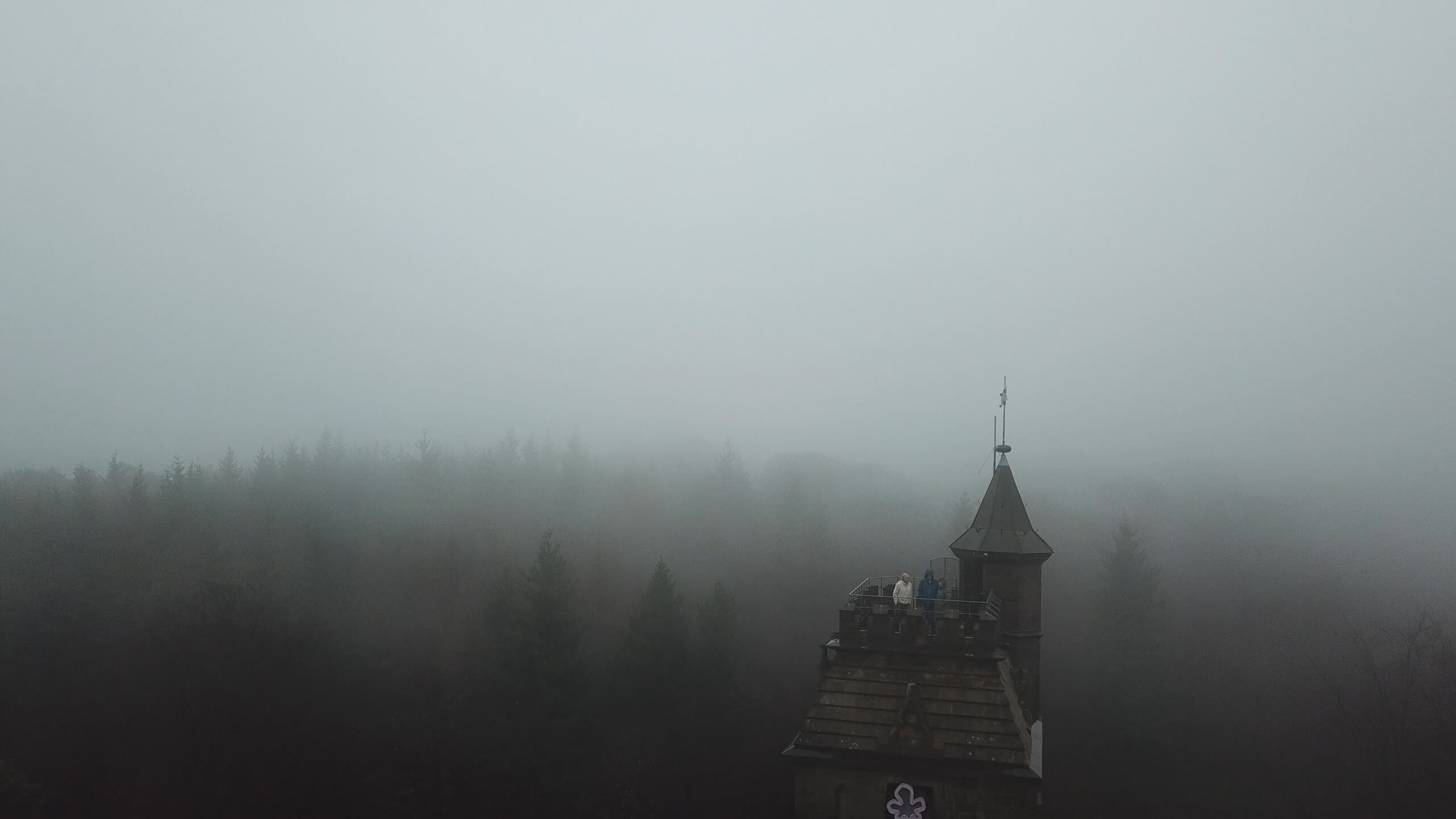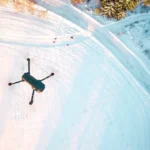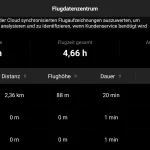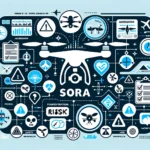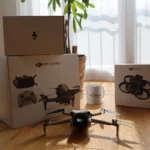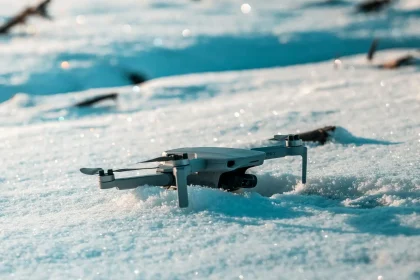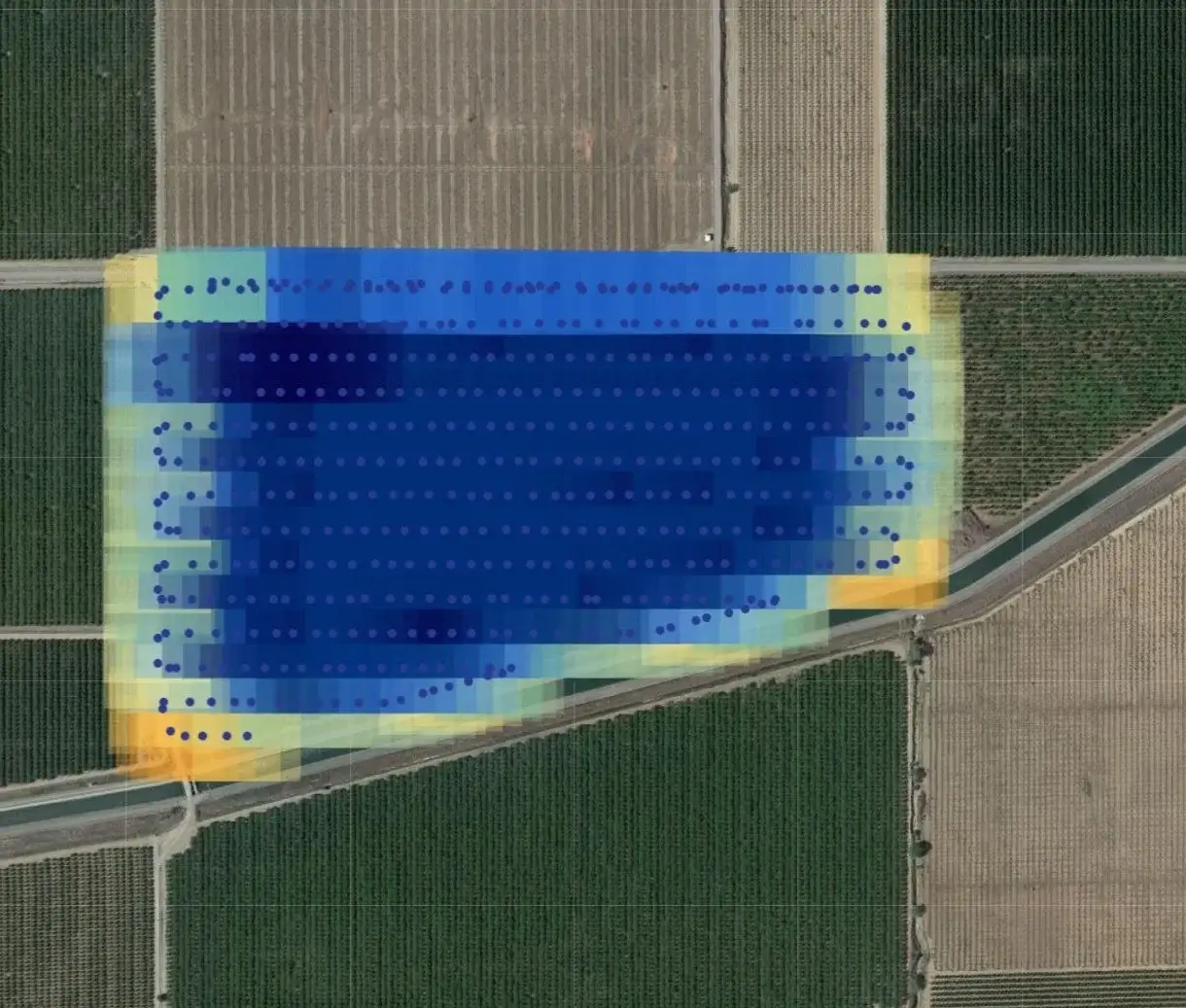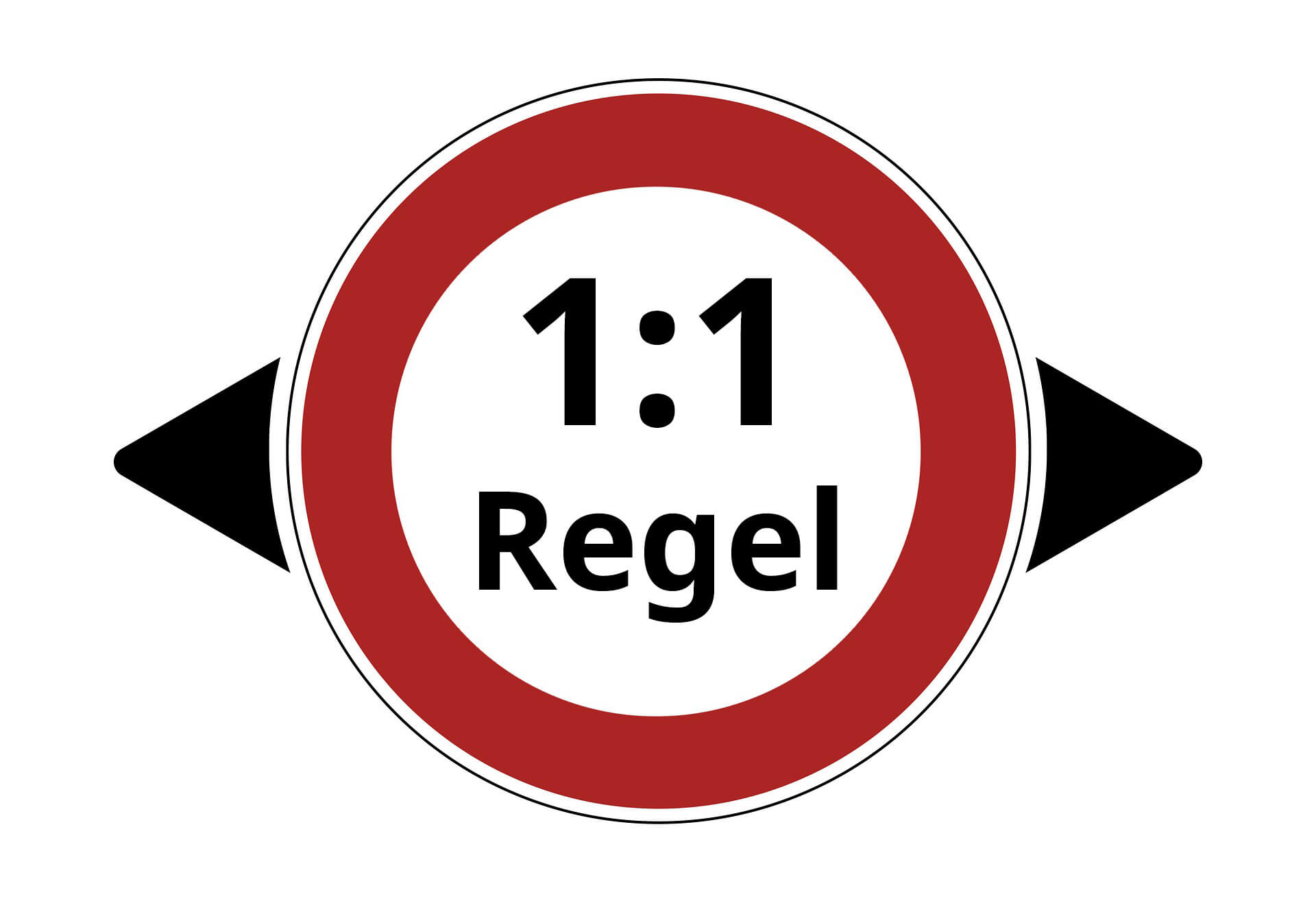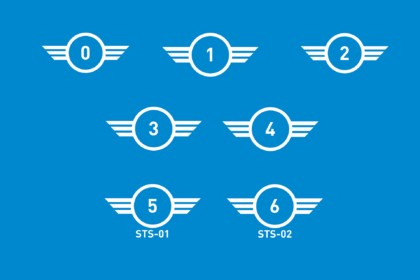Since it’s not always sunny, sooner or later you’re faced with the question of whether you can fly your drone in bad weather. After all, you can take atmospheric pictures even in bad weather. The following guide should provide you with some assistance.
Especially in the autumn and winter months, you are often faced with grey and uninviting weather. This is usually followed by rain or snow. So what should you do as a drone pilot? Keep the drone packed away or venture out and take pictures anyway? First of all, we should define what we mean by bad weather.
What is bad weather?
We speak of bad weather here when we mean rain, snow or strong winds. So, for the first time, these are not “optimal” conditions for flying and taking photographs.
Flying in snow or rain
What is the bad thing about flying in rain or snow? This question is easy to answer for now. Drones consist of a lot of electronics and are usually not waterproof. For this reason, it is not recommended to fly your drone in these weather conditions.
The moisture can damage the electronics. This can cause the drone to crash, which in turn can cause further damage. Sensors or the camera can also be damaged. Anyone who is not insured here, or who participates in the DJI Care programme with a DJI drone, will have a lot of reason to be annoyed.
Of course, it is not necessarily the case that rain will immediately cause damage to the drone. It is not uncommon for drone pilots to fly in bad weather without their drone suffering any damage. First and foremost, however, we strongly advise against it, because you fly at your own risk.
Update: Another reason why you should avoid flying in rain or fog: DJI – no repair in case of water contact
Additional information on drones in winter can be found in our special guide.
Flying in fog
The same applies when flying in fog. Depending on how dense the fog is, it can stick to the drone and form drops that are almost like raindrops. These can cause similar damage to flying in the rain.
Furthermore, heavy fog additionally impairs visibility. It is not uncommon for this to cause you to quickly lose sight of your drone and no longer be able to see exactly where you are flying. If you fly your drone in fog, don’t be tempted to fly too far and lose sight of it.
Caution: If visibility is too impaired, flying in fog is prohibited. This is because only flights within visual range are permitted without a special permit!
Flying in strong winds
Strong winds will not directly damage the drone itself at first. However, depending on the strength of the wind, it may become more difficult to control the drone. This can lead to a situation where the flight path is no longer under control and a collision and/or crash can occur. So pay attention to the wind strength before you take off. The wind strength on the ground is of secondary importance, as you are usually flying the drone in higher regions.
Depending on the drone model, you will also receive a warning in your drone app if there is strong wind. It is therefore always important to pay attention to the information you receive.
Apps to help
There are numerous apps available to make life easier for drone pilots and to better assess weather conditions. In our article The best apps for drone pilots, we present some apps that also provide accurate weather information.
Conclusion
So for now, it’s advisable not to launch your drone in bad weather. If it is raining too hard, there is too much fog or the wind conditions do not allow a controlled flight, it is better to wait for the next day.
Those who do it anyway should be aware of the risks. But you may be rewarded with atmospheric pictures. In the worst case, however, with a crashed drone.
Flying a drone in bad weather FAQ
It is better not to do it. The reason for this is given in the article.
Here, too, it is rather discouraged. Depending on how dense the fog is, the flight is also prohibited. All info on this in the article.
The same applies here as with rain: better not. All details in the article.


